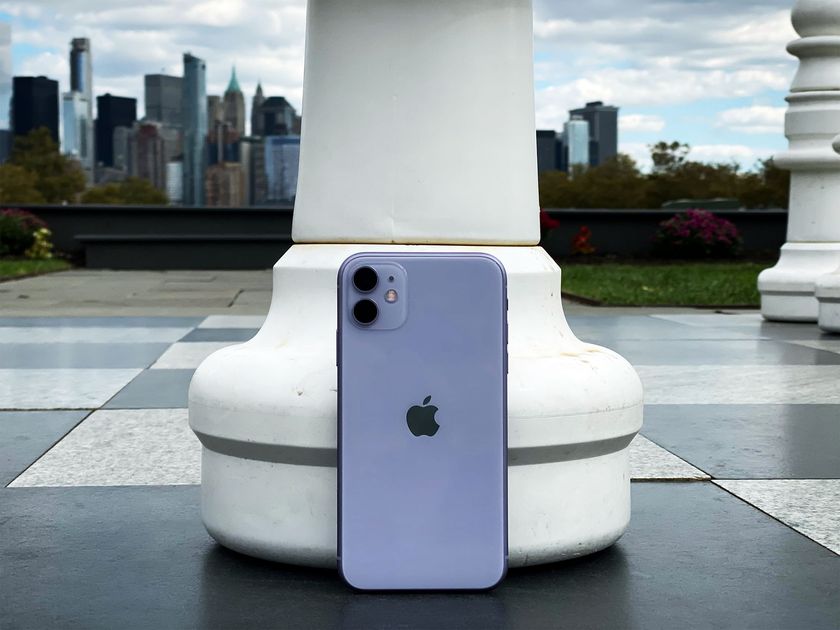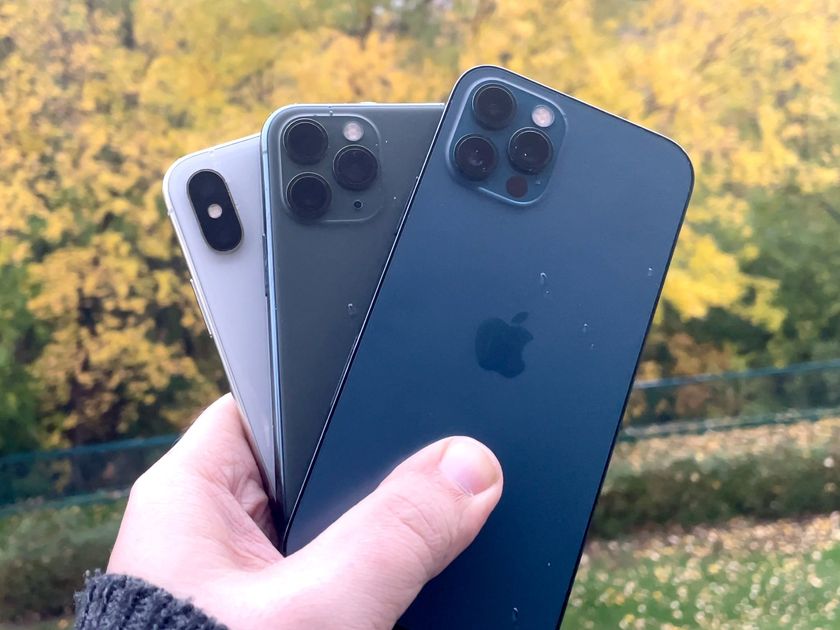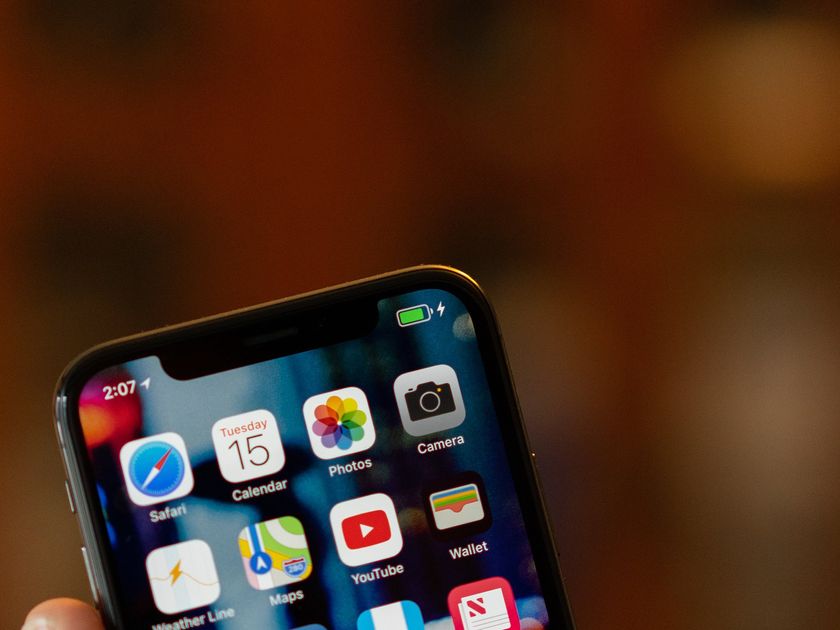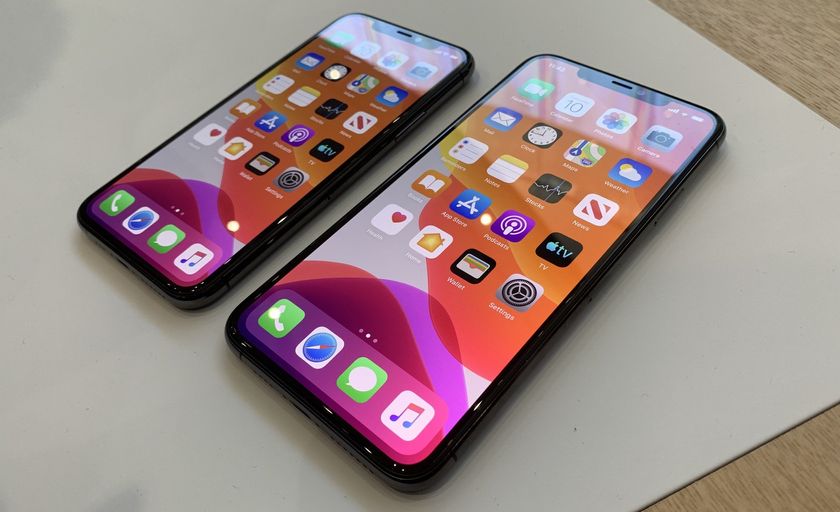Thoughts on Kuo Ming-Chi's iPhone 11, 6K Display, 16-inch MacBook rumors
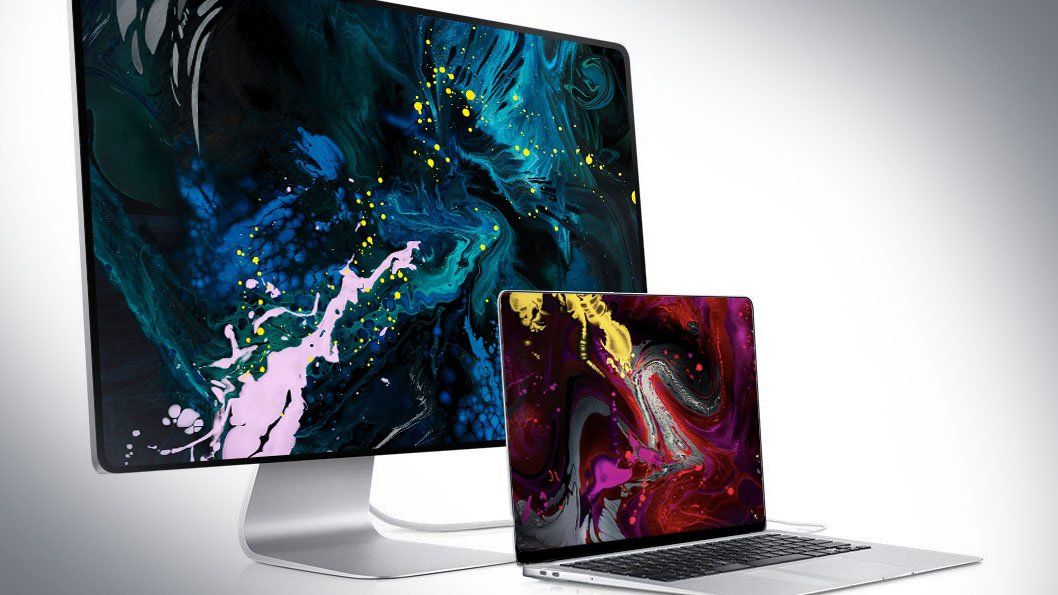
Kuo Ming-Chi, financial analyst and supply chain exfiltrator extraordinaire — that is to say, the one person who's somehow been most able to pry information out of all the companies assembling all the components and products for Apple — got a ton of attention again this week when he sent his clients a note covering what he expects to see in 2019. And, of course, that quickly echoed across the internet in ways both predictable and, in many cases, confounding.
So, what did he cover and what does it mean?
iPhone 11
Kuo starts off by agreeing with previous reports on how many new iPhones 11 we're getting and how big they'll be: This year same as last year, 5.8-inch and 6.5-inch Max OLEDS and 6.1-inch R-style LCD. The latter, maybe, boosted up to 4GB of memory.
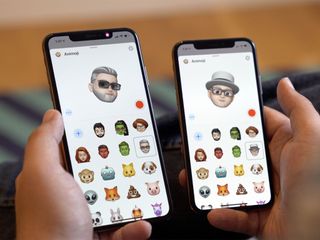
Given iPhone upgrade cycles are lengthening, Apple could try and pull some forward through change-for-changes sake redesigns — spitting out triangular phones one year and trapezoids the next — that would sacrifice long term viability for a short term bump. Mature markets have their classics, their Rolex Submariners, their Leica M, their Porsche 911. Apple iterated up from iPhone 6 to 6s to 7 to 8, and they could easily do the same with iPhone X, XS, 11, and maybe beyond.
If the market is mature and the upgrade cycle has moved to 3 to 4 years, that still means everyone is getting a new design once a cycle, and 25 to 33 percent of hundreds of millions if not billions of units is still the kind of money even fossil fuel oligopolies would kill for.
To tamper down the "bored now" chants, Apple could keep alternating new finishes with new designs, which is something they've been doing since the Kardashian gold iPhone 5s.
Kuo reports exactly that, citing 'frosted glass' will be this year's jet black. He doesn't elaborate on what that means, which is probably why some people are assuming it will be like Google's Pixel 3 and its laser-etched glass. Which could always turn out to be the case but given how seriously Apple's materials team take pushing the limits of manufacturing technologies, probably isn't really a safe assumption.
Master your iPhone in minutes
iMore offers spot-on advice and guidance from our team of experts, with decades of Apple device experience to lean on. Learn more with iMore!
Triple cameras are included, blessedly breaking them down as tele, wide, and ultra-wide, which is what I've been hoping for. Unrelated, but I saw some chatter about Apple moving the multi-camera system to a horizontal rather than vertical layout to look more Android like and free up battery space.
That would only be true in a world where iPhone 7 Plus and iPhone 8 Plus never existed, and every year wasn't an effort to fit as much stuff as possible into those cases, including.
Though, going back to a horizontal layout is a way, along with new finishes, to make an otherwise similar design look distinct for people who always want others to know they have the latest and the greatest.
And yeah, as much battery as possible without making the phones two heavy to game, watch, or read on for prolonged periods of time. Because the demands for screen, GPS, and data are only increasing.
Bilateral wireless charging means two-way charging, or, in other words, you can not only charge your phone inductively but use your phone to charge other devices. So, of course, people are going to say you can play superhero and use your fully charged iPhone to save your friend's all-but dead iPhone.
In reality, though, Android phones have been offering this for a year or so already and it's so inefficient at scale you end up getting one or two percent out before the system shuts down.
Apple's could be better, but my expectation is that this isn't meant for other phones, at least not really, but for accessories like the new AirPods, which are so small and require such a small amount of charge for a power boost, dropping them on will make much more sense than awkwardly smooshing phone backs for half an hour.
There's also the improved Face ID with higher-powered flood illuminator, which has been rumored before, and should make the system work better in a wider range of lighting.
Kuo also says one of the big new features will be ultra wide band positioning system for indoor navigation. Think of it like GPS but for inside instead of outside, or as another, more standardized attempt to make something iBeacon-like work at scale. Like anything that depends on distributed networks, though, how useful it is, at least short term, will depend entirely on how well distributed those networks are.
In other words, it'll be great for Apple Park, but the rest of us will likely have to wait a while for our airports, malls, and resorts to deploy, never mind all the office and residential buildings.
In terms of the will-they-won't-they switch from Lightning to USB-C connector on the iPhone, Kuo lands firmly in the they-won't camp.
If true, that'll no doubt piss off nerds like me who just can't bring ourselves to cary that second cable with us any more, but please the much larger mainstream customer base that has no idea what USB-C is and, if you try to take their existing cables away or sell them one more damn dongle, will cut you… with a dock connector.
And if anyone wants an explainer video on how we ended up locked in this nightmare of Lightning vs. USB-C, let me know in the comments.
iPad 2019
A new 9.7-inch lower-end iPad has been rumored for a while, but Kuo says it will actually be a 10.2-inch iPad instead. Not 10.5-inch like the older generation iPad Pro, but 10.2-inch.
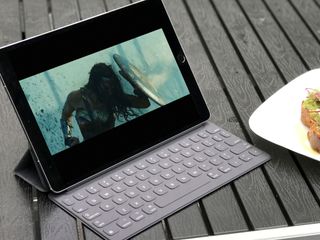
When Apple launched the 10.5-inch Pro, they said it was perfect for a full-sized Smart Keyboard. We'll have to see how the bezel to screen ratio works out with the new non-Pro, but it's quite possible Apple wants to keep the physical size down for the education market while still maximizing the display.
No new design language or OLED, though, which some may be expecting now that Samsung basically announced their own version of a low-end 2018 iPad Pro with OLED. But, I don't think Apple's happy yet with the consistency of the larger OLED panels… or the price Samsung is asking for them outside the confines of it's own conglomerate.
iPad mini 6 will stay the same size, but get new silicon, according to Kuo. Which… is pretty much what everyone's been expecting. I've broken down all the other mini rumors in a previous video, so I'll link that in the description as well.
The new Macs
Probably my favorite part of Kuo's note involves the Mac. Given the ups and downs of the product line over the last few years, even a really strong 2018 wasn't enough to convince anyone Apple was back to the Mac for the long haul. But, yeah, they really are.
Kuo leads with the next-generation MacBook Pro, with an all-new design and 16- or 16.5-inch display. Apple end-of-lifed it's old 17-inch battleship years ago, but as shrinking bezels have allowed for bigger screens in smaller sized chassises, we can have our productivity and keep it portable now too.
Whether it addresses the still incredibly divisive butterfly and dome keyboard, we'll have to wait and see, but fingers crossed something closer akin to the Apple Bluetooth Keyboard gets adapted in there because it's about as non-divisive a board as Apple ships these days.
Nothing on new iMacs, which has bummed some people out, but other rumors concerning updated chipsets, mainstream and pro, have been floating around, so you can all hold to hope a while longer.
Kuo also says the 13-inch MacBook Pro could get the 32 GB memory option, and the Mac Pro is still on track for a 2019 debut. Let's just hope that Pro Workflows team at Apple is hammering on all of this stuff… before customers get a chance to.
But the lede is the Pro Display, which Kuo pegs at 31.6-inches and 6K by 3K resolution of microLED backlit glory. Which. Wow.
MicroLED is the latest attempt to get all the advantages of OLED, including deep, inky blacks, without all the compromises and workaround that it takes to make the technology usable.
What sort of connector that'll need… well, from the company that's still trying to push Intel's Thunderbolt 3 but made their own custom T-Con for 5K, I can't wait to see.
And, yeah, 6 by 3 — does some math — 2 by 1, the same ratio I've been doing these videos in for the last little while. Nice.
Apple Watch
Ceramic will be making a comeback in 2019, according to Kuo. Apple offered it as an option for the Series 2 and Series 3 casings, making for a much more affordable Edition than the original Series 0 18K gold, and it's a material many watch-lovers love.
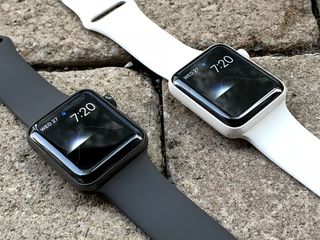
But, last year, Apple put all the focus on gold coated stainless steel for the redesigned Series 4. Whether there were any issues or time constraints ramping up ceramic for that design, or Apple simply wanted to test demand, who knows.
Since there was no gold link bracelet last year, though, I'm not getting any hopes up for a ceramic link bracelet this year.
To the surprise of absolutely no one, though, Kuo says Apple is still working on bringing the ECG app to more countries. Because of course they are.
Moral of that story: Don't believe everything your national health agency's social media team tweets, especially when it's a black and white answer to a long, colorful procedural question.
iPod touch
Though he doesn't provide any details, Kuo piles onto the new iPod Touch with updated chipset rumor bandwagon. Apple's usual line on this stuff is that they know some people love these devices so they want to make sure they can keep loving them in a way that provides modern performance and compatibility.
And it probably really is just that simple.
AirPods and AirPower
AirPods 2 and AirPower, the multi-device inductive charging matt Apple showed off in 2017 for an expected 2018 release, are both on track for release in the first half of 2019, according to Kuo.
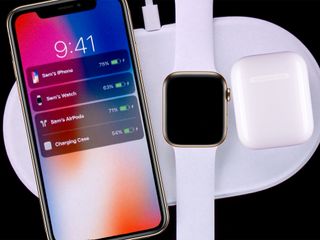
The AirPods will support Bluetooth 5 and also teased in 2017 inductive charging case will come with them. Presumably so you can charge them both with AirPower and with iPhone 11's new bilateral charging.
Separately, AirPods 2 have also recently been rumored to have a black option with a new, textured finish. So, along with frosted glass iPhones, we could be seeing a real move towards not only novel materials, but more tactile, less slippery surfaces as well. Which, yeah, hooray.
Spoiler alert
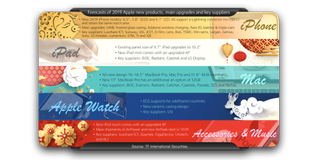
We live in an age where there are no very few surprises left, especially when it comes to personal technology. Almost every new device from every company leaks all over the internet, seemingly more and more with each passing year.
I mean, I get it. People want to plan their purchases, figure out what they want to save for and what they can safely skip. And, as prices continue to rise, everyone wants and needs to know much further out.
That's why, personally, I'm never much interested in the what. There'll always be a new iPhone. At least until Apple mic drops and goes into hard into cybernetics, they'll keep them coming. Every year.
So, what I'm far more interested in is the why. What problems do I still have now that I want to see Apple and their devices solve next?
Let's see how these do.

Rene Ritchie is one of the most respected Apple analysts in the business, reaching a combined audience of over 40 million readers a month. His YouTube channel, Vector, has over 90 thousand subscribers and 14 million views and his podcasts, including Debug, have been downloaded over 20 million times. He also regularly co-hosts MacBreak Weekly for the TWiT network and co-hosted CES Live! and Talk Mobile. Based in Montreal, Rene is a former director of product marketing, web developer, and graphic designer. He's authored several books and appeared on numerous television and radio segments to discuss Apple and the technology industry. When not working, he likes to cook, grapple, and spend time with his friends and family.
